Solar Greenhouse Heat Sink
lori_lee
14 years ago
Featured Answer
Sort by:Oldest
Comments (16)
web4deb
14 years agoRelated Professionals
Derry Landscape Architects & Landscape Designers · Fillmore Landscape Architects & Landscape Designers · Washington Landscape Architects & Landscape Designers · Anderson Landscape Contractors · Stamford Landscape Contractors · Bloomington Landscape Contractors · Danvers Landscape Contractors · Fort Atkinson Landscape Contractors · Palm Beach Gardens Landscape Contractors · Ronkonkoma Landscape Contractors · Roswell Landscape Contractors · Seven Hills Landscape Contractors · Spring Landscape Contractors · Tustin Solar Energy Systems · Voorhees Solar Energy Systemshex2006
14 years agolori_lee
14 years agohex2006
14 years agoljpother
14 years agohex2006
14 years agoSteven Laurin & Company
14 years agodcarch7 d c f l a s h 7 @ y a h o o . c o m
14 years agohex2006
14 years agoSteven Laurin & Company
14 years agohex2006
14 years agoDan _Staley (5b Sunset 2B AHS 7)
14 years agodcarch7 d c f l a s h 7 @ y a h o o . c o m
14 years agohex2006
14 years agomarkmahlum
14 years ago
Related Stories
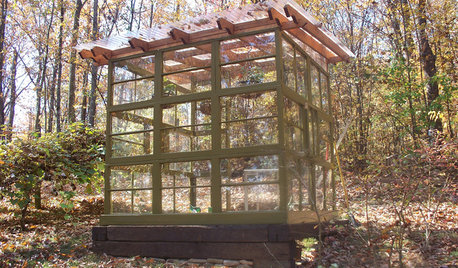
GARDENING AND LANDSCAPINGSee a Family Greenhouse Grown From Scraps
Can-do resourcefulness and less than $400 lead to a new 8- by 8-foot home for plants on a Tennessee family's property
Full Story
GREEN BUILDINGInsulation Basics: Heat, R-Value and the Building Envelope
Learn how heat moves through a home and the materials that can stop it, to make sure your insulation is as effective as you think
Full Story
FLOORSIs Radiant Heating or Cooling Right for You?
Questions to ask before you go for one of these temperature systems in your floors or walls (yes, walls)
Full Story
GREAT HOME PROJECTSHow to Add a Radiant Heat System
Enjoy comfy, consistent temperatures and maybe even energy savings with hydronic heating and cooling
Full Story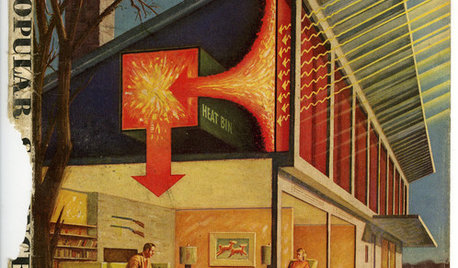
GREEN BUILDINGChampioning the Solar House, From the 1930s to Today
Homes throughout history that have used the sun offer ideas for net-zero and passive homes of the present, in a new book by Anthony Denzer
Full Story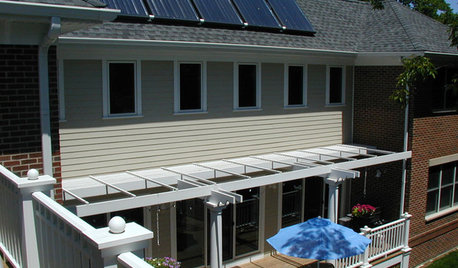
ARCHITECTUREArchitect's Toolbox: Solar-Powered Design
See how your home's design can take advantage of the sun's natural energy all year
Full Story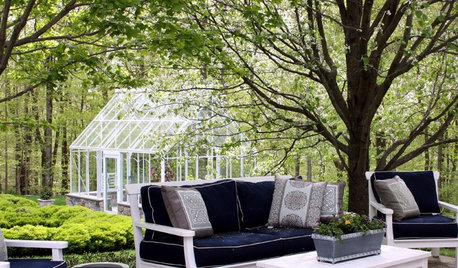
Houzz Call: Show Us Your Greenhouse
Submit a photo of your greenhouse and share what's growing!
Full Story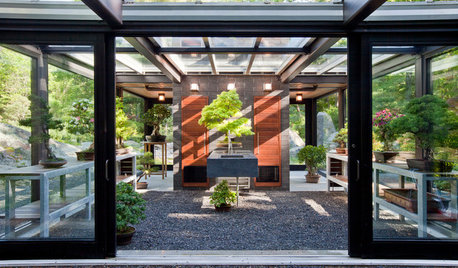
OUTBUILDINGSModern Masters Inspire a Glass Garden House
Distilled down to structural steel and glass, this greenhouse and tearoom in Massachusetts is tops in elegance
Full Story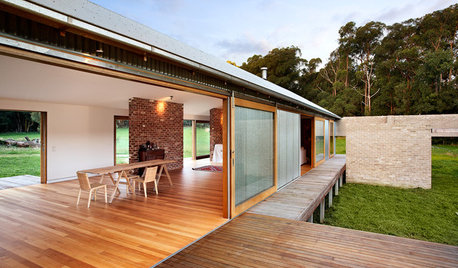
ARCHITECTUREHow Thermal Mass Keeps You Warm and Cool
Passive solar design makes use of this element. Here’s how it works and how you can get it in your home
Full Story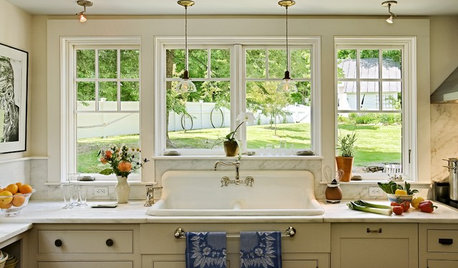
PHOTO FLIP60 Kitchen Sinks With Mesmerizing Views
Check out this parade of views from the kitchen sink and tell us: Which offers the best backdrop for doing the dishes?
Full Story






polcat